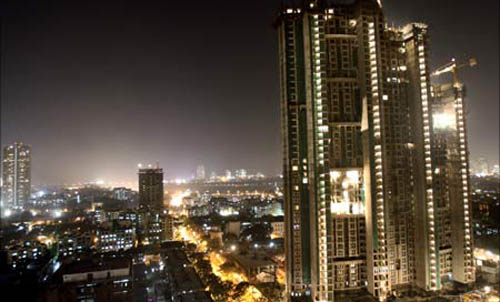
DB Realty registers net loss of Rs 2.07 cr in Q1
DB Realty on Saturday reported a consolidated net loss of Rs 2.07 crore for the first quarter ended June 30, due to lower sales.

DB Realty on Saturday reported a consolidated net loss of Rs 2.07 crore for the first quarter ended June 30, due to lower sales.
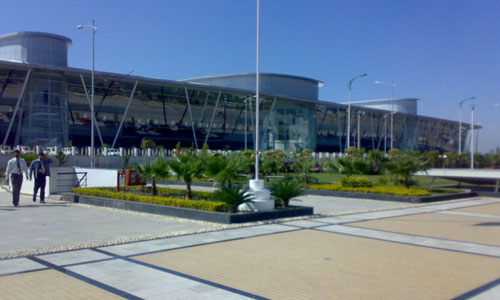
DLF has plans to roll out new residential projects at Ludhiana, Jalandhar, Panipat and Kasauli as part of company’s strategy to strengthen its presence outside Gurgaon.
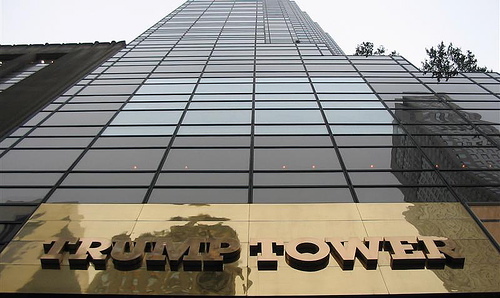
American property mogul Donald Trump’s maiden real estate project in the country, being developed by Pune-based Panchshil Realty, has been launched.

Chennai is known for its conservative mind-set, which reflects visibly on its residential property market trends, as well. For instance, home buyers in Chennai have historically been driven by location over and above most other considerations, and this had put definite limits on the demand and potential for community living in the city.

The Union cabinet may introduce the final version of the much awaited Land Acquisition, Rehabilitation and Resettlement Bill in the monsoon session of Parliament. Earlier, the ministry had sought suggestions and recommendations from other ministries and government agencies on various provisions introduced in the Bill.

The institutional projects in India are normally working in a PPP model because such projects have long payback periods and require large capital investment. Further, they are large in size and hence require number of approvals, making Government participation relevant to secure initial approvals, clearances and get the project going.

An estimated 17500 residential units were launched by organised developers in the second quarter of 2012 in major cities across the country, registering a decline of nearly 44% over the previous quarter, says a report by global real estate consultancy, Cushman & Wakefield (C&W). This decline in launches can be attributed to a number of factors such as delay in approvals, significant inventory in certain locations as well as postponement of project to coincide new launches with the festival season.
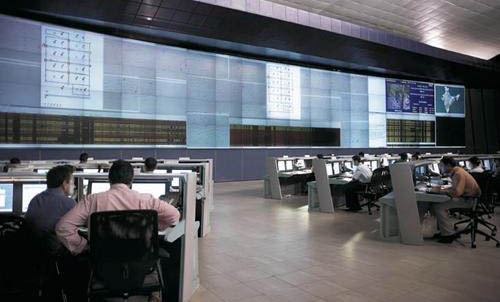
Jones Lang LaSalle’s REIS findings are in, and a closer look at the 1H12 data reveals relatively subdued activity during the period compared to 1H11. In 1H12, the top seven cities of India together recorded a 35% dip in absorption compared to 1H11. The contraction in demand caused developers to progress more slowly on their projects thereby aligning the supply with demand.
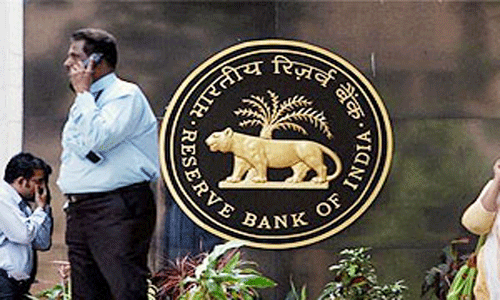
The RBI, on Tuesday, July 31, kept the repo rate or the rate at which banks borrow from RBI unchanged at 8% and also the reverse repo rate at which, the banks lend to RBI unchanged at 7%. However, it has lowered the statutory liquidity ratio (SLR) to 23% from 24% earlier. The realty sector, reeling under liquidity pressure and low demand due to high interest rate, has reacted sharply over this status quo.

Despite buyers’ expectations of a likely fall in city property prices, this possibility seems limited as developers continue to hold on to their prices across sub-markets on the back of the DCR amendment. This policy, along with the increase in construction costs, has led to greater pressure on developers’ margins. Post the new DCR, the saleable areas are expected to reduce and carpet areas are likely to increase. It is interesting to note that while there have, in fact, been marginal price increases across many projects in MMR, registration data reflects that absorption levels have also increased.
